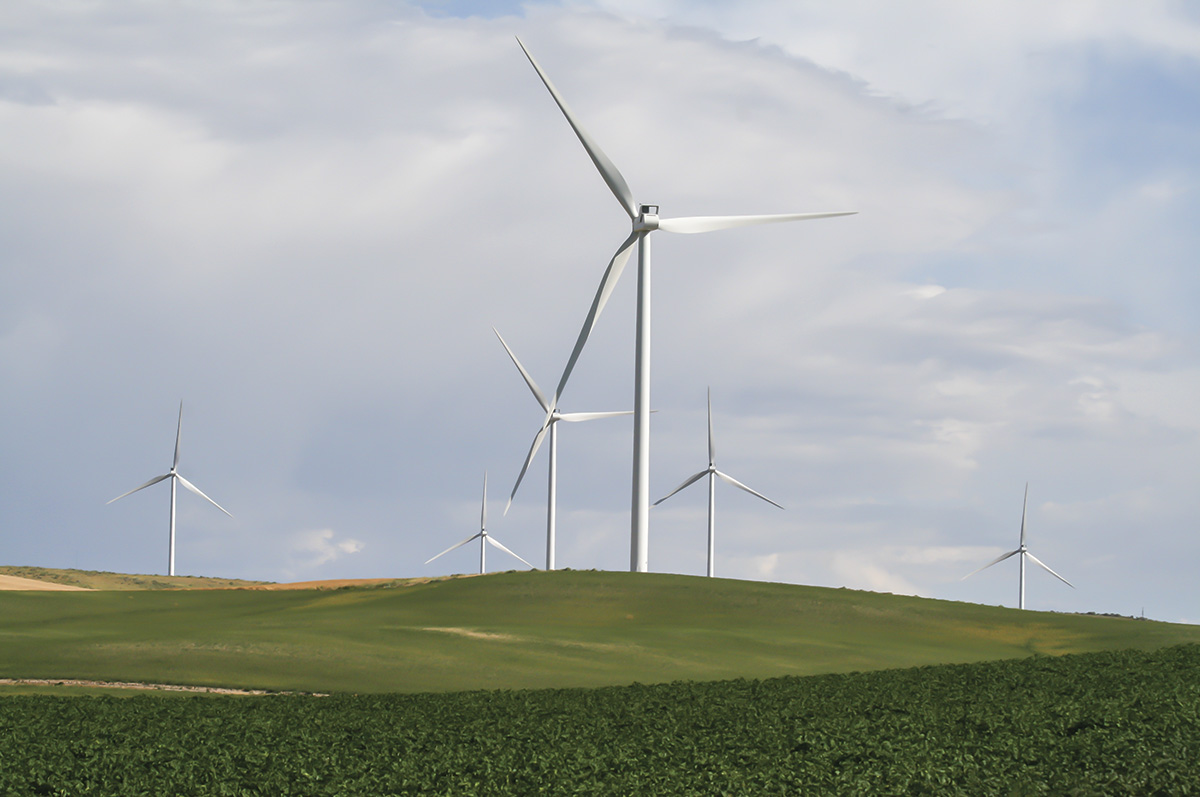Sometimes an ag news item comes across my notification feed and lingers in the back of my head. This is not intended to be an ag news-brief summary. It’s the “other” ag news – the ridiculous, the impossible, the you’ve-got-to-be-kidding-me news.
Item No. 1: Global population paradigm shift
From: World-Grain.com
What it says: For decades, the food and agriculture industries, governments and nonprofit organizations have warned, cautioned, prepared for a time when they would have to feed more people, with more money, with less land and fewer resources. Upward of a 70% increase in food production would be needed by 2050 to feed an additional 1.7 billion people, according to the Food and Agriculture Organization (FAO).
But what if the population didn’t continue to grow as expected? Right now, the global population is growing at its slowest rate since 1950, falling under 1% in 2020, according to data from the United Nations. It is expected to grow to about 8.5 billion in 2030 and 9.7 billion in 2050, reaching a peak of about 10.4 billion during the 2080s and holding at that level until 2100.
More than 60 countries are seeing population drops, according to the United Nations, including China, which had its first population decline in 60 years, this year falling behind India as the most populous country.
Just my opinion
This article is really worth a full read. It dives into where growth is happening, where it’s declining, how agricultural products are affected, how tastes change, economies change, diets change. My takeaway is that we might have panicked for nothing – but then “panic” is what Americans seem to do these days, especially the media. It doesn’t sound like China will be every ag export’s target market anymore – buying up the world’s surplus. And as difficult to deal with as China is, it’ll probably be a lot more difficult to deal with 10 other replacement countries, with 10 other languages and 10 other governments. It will take nimble companies to adjust to these population and market shifts. So we can stop yelling, “The sky is falling, the sky is falling,” in regard to the expected global population growth and the question of how we will feed them. Maybe we should start a new chant, “Quit stirring panic, media!”

Photo by Lynn Jaynes.
Item No. 2: What to do with those old wind turbines
From: BBC News
What it says: Scotland has been in the wind turbine business for at least 30 years, and now companies are replacing the turbines with newer models. But what to do with the old models? This is what they say: “… Many replaced blades have so far been sent to landfill. In some cases, they can be incinerated. But as replacement begins, the industry is looking for ways to repurpose or recycle them instead. ReBlade is one company, based in Glasgow and Dumfriesshire, with plans to build a repurposing factory. Run by Fiona and Steven Lindsay, former Scottish Power employees, its demonstration projects include park benches and furniture. It is announcing today a contract with SSE to use former blades as shelters in Dundee for electric vehicle charging points. The skills involved in cutting extremely durable composite glass fiber are not available in Scotland, so it has gone to a boat-building firm near Colchester. Fiona Lindsay says wind farm operators want to find ways to avoid sending blades to landfill and will pay to have them repurposed.”
Just my opinion
If I was a grand-scale investor and about 20 years younger, this is something I’d invest in – repurposing factories for wind turbines. There are enough of them going in, for sure, so it follows that in 15 years or less we’re going to have to find ways to use them other than for landfill fodder. I think there’s opportunity here for inventors to figure out how to use that material. I wish I were younger. …
Item No. 3: Vertical farming battles soaring costs
From: Financial Times
What it says: (This is a YouTube video) They were touted as the next big thing – indoor farms, growing crops year-round in controlled environments, reducing not only food miles but also the amount of land and water used. But despite significant hype and $4 billion investment in vertical farming over the past five years, the sector is struggling. Layoffs and bankruptcy are blighting the industry.
Just my opinion
LED lights, ventilation systems and temperature controls all consume significant electricity – up to 40% of operating costs, per the video. Sometimes people love to be in love with an idea just for an idea’s sake, without worrying whether it’s practical. In nations where food security is critical (think Dubai in the United Arab Emirates), I get that they might grasp at straws (vertical farming) when population clearly outstrips local land and resources – even at huge costs. But no matter where vertical farming units are erected, someday they have to turn a profit without huge government subsidies. And if they don’t – well, a whole lot of venture capitalists will take the slide down with them.
Item No. 4: Women in Agriculture Act
From: AgFax
What it says: Congresswomen Chellie Pingree (D-Maine), Teresa Leger Fernández (D-New Mexico), Jen Kiggans (R-Virginia) and Jenniffer González-Colón (R-Puerto Rico-At-Large) introduced bipartisan legislation to support women farmers and ranchers in Maine and across the U.S. The Women in Agriculture Act would create a Women Farmers and Ranchers Liaison at the USDA, establish a research priority for agriculture machinery and equipment designed to be used by women, and create funding set aside for childcare facilities in rural areas.
Just my opinion
I’m hanging my neck out here, because no matter whether a person agrees or disagrees with this proposed legislation, they’ll probably hammer me for this, but here goes. I’m not sure I see the need for the bill. If women want true equality, if we want feminism, then why do we keep coming up with new rules that further segregate us? On the other hand, the reality is in 2021-22 (117th Congress) the Senate introduced 12,984 bills and the House introduced 11,805. A lot of those never made it out of committee, but that is an awful lot of bills that the proposing congressional members get “credit” for with their constituents – without ever having to worry whether they’ll be passed or not. So it could well be that was the case with this bill – get some people to think these legislators are “working for the common woman” (and so have a shot at reelection) when really they don’t expect to see it get out of committee. Do I sound cynical? Or practical? You decide (but don’t email me about it please…).


.jpg?t=1687979285&width=640)


.jpg?height=auto&t=1713304395&width=285)


